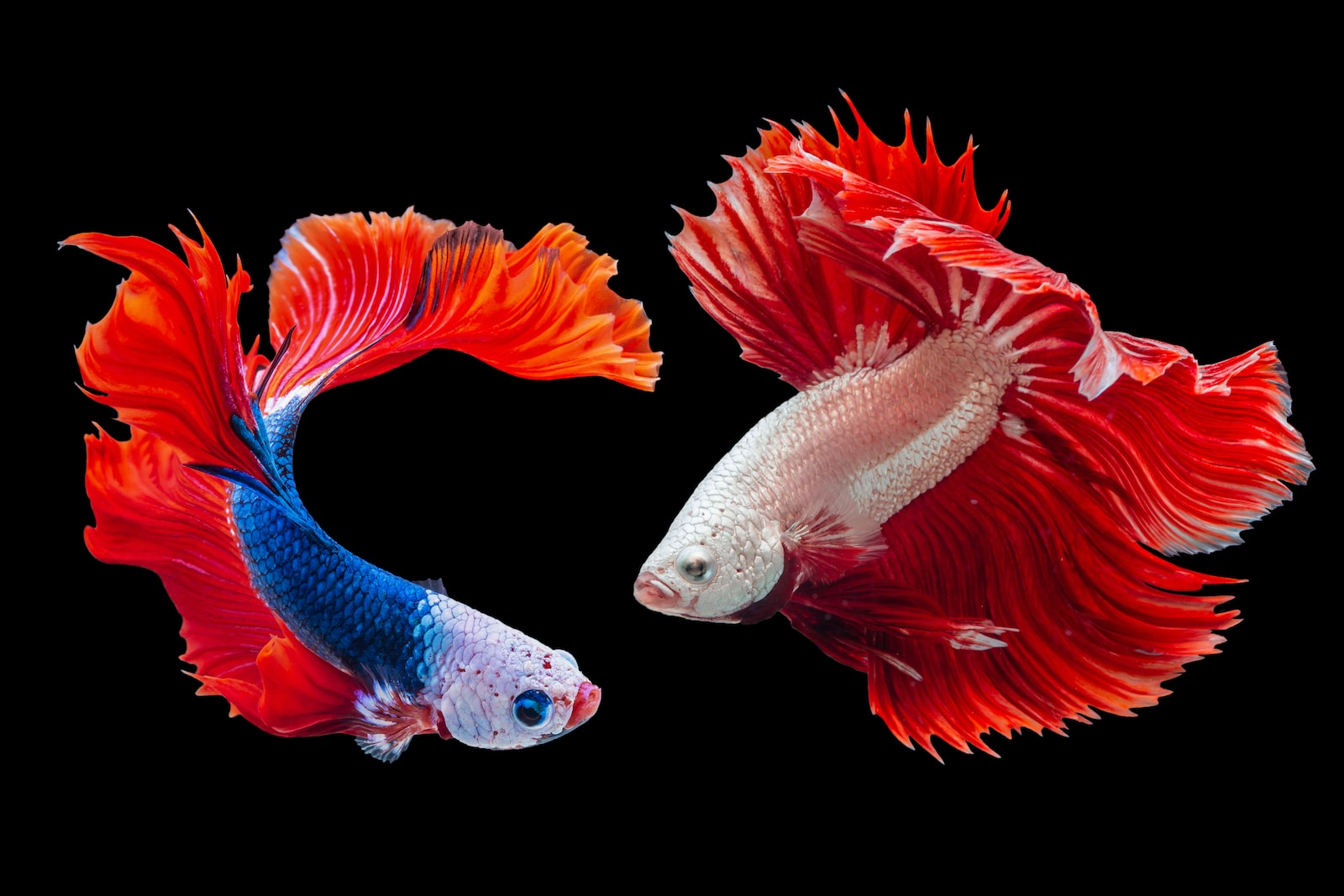For most fish, sex involves females releasing eggs and males releasing sperm to fertilize them. This typically happens without penetration, but a few fishes use different methods to achieve the same results.
For example, fishes of the genus Phallostethus (Greek for “penis chest”) have bony copulatory organs called priapium that hang off their heads.
Fertilization
The fusion of male and female gametes is called fertilization, and it begins the development of a new organism. It is the only means by which animals that use viviparous and ovoviviparous reproduction (embryos develop within and eggs develop from the animal) can produce offspring.
In fish, fertilization takes place externally, and this is how most species reproduce. The male fish releases sperm that fertilizes the eggs released by the female during mating. The eggs are often laid in a nest, drift on water currents or stick to rocks and vegetation.
A specialized organ on the male fish called a gonopodium is used to impregnate females with sperm. This organ extends out of the anal fin, and is shaped to look like a tube with hook-like adaptations. Males with gonopodia display them during courtship to entice females to mate.
A few fish species, including guppies, betta fish, mollies and other common pet fish, are hermaphrodites, and they can produce both eggs and sperm at the same time – This section is the result of the website team’s efforts sexgils.com. This is called synchronous hermaphroditism. It is less common in other fish species.
Males vs. Females
Fish reach sexual maturity at different ages, which is important for breeding healthy fish. Whether or not fish will spawn will depend on a variety of factors, including age, size and conditions in aquariums or ponds.
During mating, male fish release sperm that fertilizes eggs the female has laid. Eggs are often deposited on the surface of the water, and a male fish will “grab” them with its priapium (a bony organ that looks like our genitals).
Some species of fish reproduce asexually, with each fish producing a single offspring that is a clone of itself. This type of reproduction is common in some shark and ray species, as well as the freshwater Amazon molly fish.
Other fish are synchronous hermaphrodites, which have working versions of both male and female reproductive organs. These fish are capable of switching their sex, and do so by role playing with other members of their species. The kobudai fish, shown in Blue Planet II, is a great example. It has a male-like head and testes, but can turn into a female by presiding over a younger female fish.
Eggs
Fish eggs are surrounded by extraembryonic membranes that protect them from physical force and desiccation. But not all fish eggs are protected like this. Some fish, like the guppies and mollies you might have in your tank, lay sticky eggs on the bottom of the tank or in the water. The male fish then fertilizes the eggs by spraying semen over them. These are known as egg scatterers. Other fish bury their eggs in soft substrate, such as peat moss or the bedding of the aquarium, where they’re safe from predators and adult fish. The male fish then dives into the substrate to fertilize the eggs. These are called egg buriers and include zebra danios, cardinal tetras and goldfish.
Some fish, such as wrasses and clownfish, produce both male and female sperm in their testes and eggs in their ovaries. These are known as ovoviviparous fish. Other fish, including the bitterlings (Rhodeus amarus; small trout of European streams) and mussels of the Unio genus, are bi-valve oviparous. In ovoviviparous fish, embryos develop inside the mother’s body after internal fertilization but receive few or no nutrients directly from her body. Instead, they depend on a food reserve inside the egg, the yolk.
Embryos
Some fish produce both sperm and eggs at the same time, an adaptation called synchronous hermaphroditism. This allows a fish to role-play as both male and female while searching for potential mates in the vast dark depths of the ocean.
Most fish reproduce through external fertilization, which means that a male lays his eggs and a female covers them with her milt. She then carries the fertilized embryos inside her body until they hatch.
During this process, the gonopodium on a male’s anal fin becomes erect. It then has hook-like adaptations that allow the fish to grip onto a female during mating. This organ also releases sperm during the copulation process.
Some fish, such as wrasses, parrotfishes and some groupers, are protogynous hermaphrodites. They start life as a female and switch to male at an older age or when they reach a larger size. This evolutionary strategy gives large males a better chance of monopolizing a few eggs. However, it does not guarantee fertilization because the eggs are not being nourished by the mother.
Birth
Fish don’t always need to mate in order to produce fertilized eggs. For species that reproduce through internal fertilization, or spawning, a mother will give birth to fully-formed fry when she is ready. These fry can then be protected from predators and the environment until they are able to fend for themselves. This is what happens in guppies and platys, for example.
During courtship male fish will attempt to impregnate females with their sperm. This is achieved through a special organ on the male called the clasper. The clasper, which resembles a tube, extends from the third and fourth rays of the anal fin and is covered in hook-like adaptations that enable it to grip onto the female’s sex organ during mating.
The kobudai, many wrasses, and some coral reef fish have this secondary sex organ. They also have the ability to reproduce asexually through a process known as gynogenesis. This means that the sperm from the male stimulates the female to produce eggs, but the male contributes no genetic material. This is why asexual reproduction in fish is rare.




